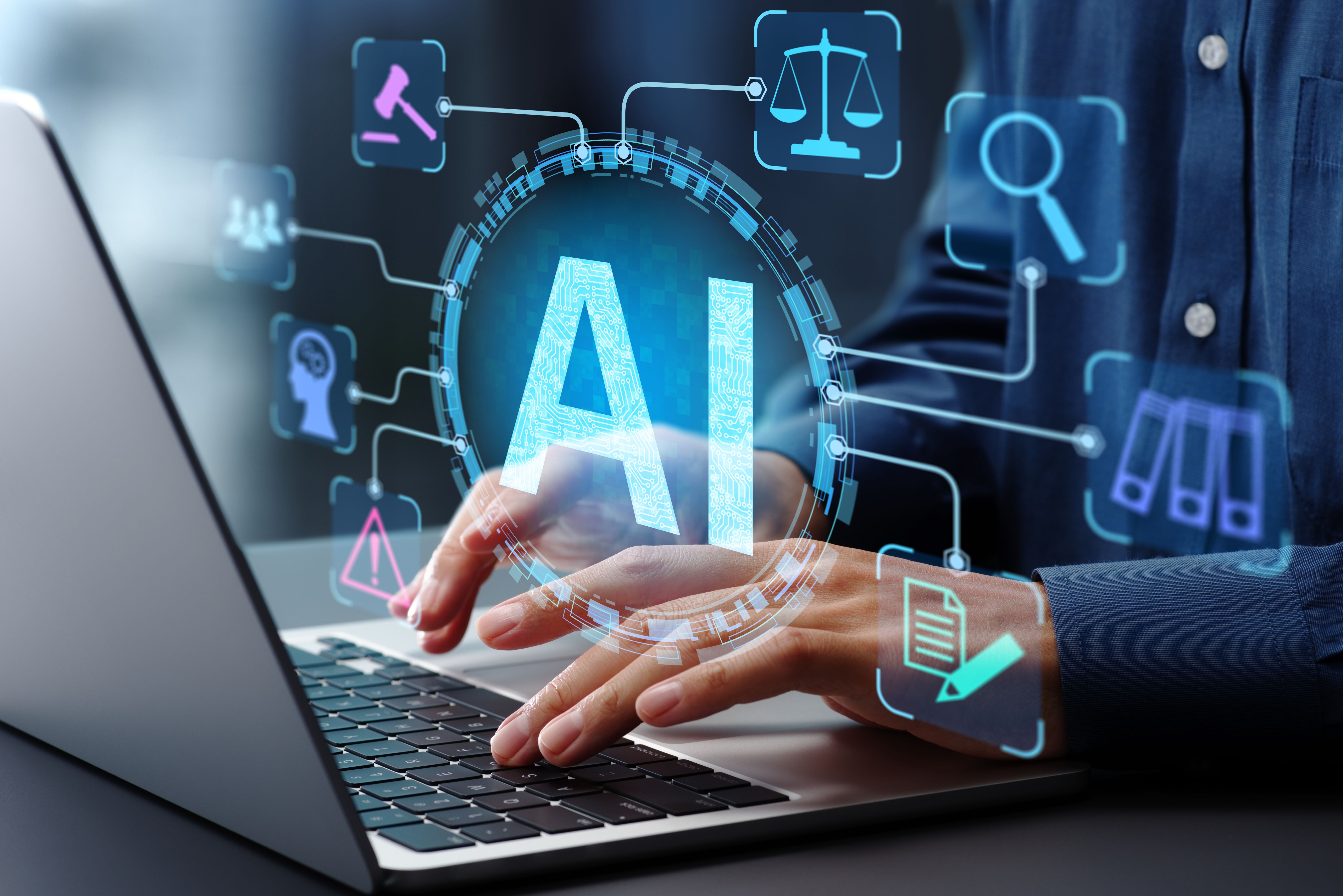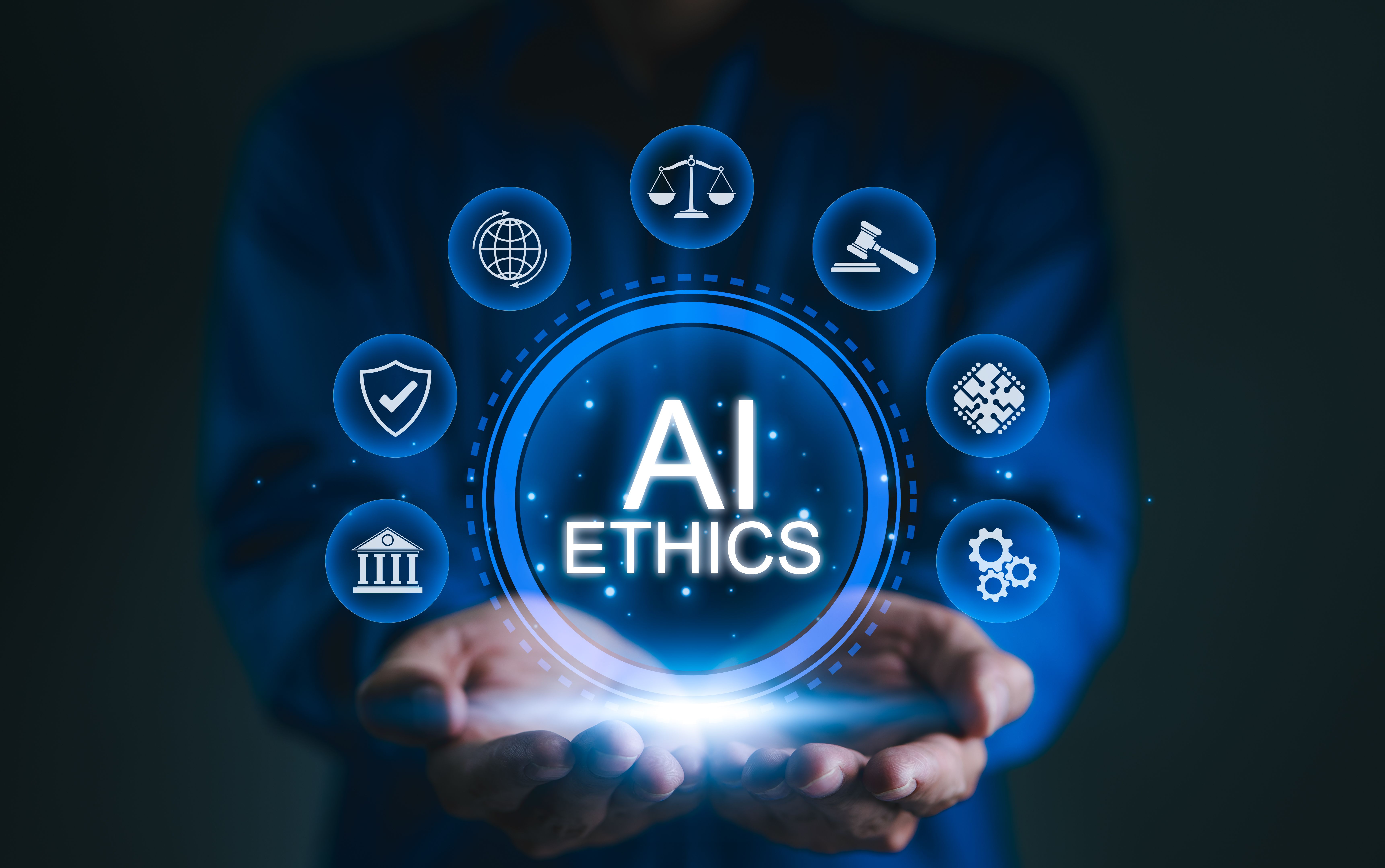The Power of AI in the Public Sector: Partnering for Scaled Success
AI is already changing the way government works. From predicting demand on public services to improving access to information, artificial intelligence is enabling smarter, faster, and more efficient delivery across the public sector.
But to fully realise its potential, the UK must move beyond pilots—and into scale. That requires bold leadership, agile thinking, and deeper collaboration between government and industry.
In this blog, we explore how AI is already being used in departments like the DWP, MoD and HM Treasury—and how industry can play a pivotal role in supporting government to fast track adoption, responsibly and effectively.
AI in Action: Transforming Government Services
Artificial intelligence is already at work in UK public services:
- The Department for Work and Pensions (DWP) uses machine learning to detect fraud and error in the benefits system, helping protect public funds while speeding up claims for those who need them most.
- The Ministry of Defence (MoD) applies AI in logistics and decision-support tools, improving operational readiness and resource allocation.
- At HM Treasury (HMT), AI is being explored for data analysis and forecasting to support economic modelling and budget planning.
These use cases demonstrate how AI can help government deliver more services without increasing spending—making smarter use of existing budgets, infrastructure and data.

Why Now? From Pilot to Scale
The UK government has launched a range of AI pilots across departments in recent years. But pilots alone won’t deliver transformational outcomes. To unlock AI's full potential, public services must scale these efforts across domains, organisations and geographies.
This is no small task. Departments face real challenges—legacy systems, data fragmentation, limited in-house expertise, and public concerns around transparency and ethics. Nevertheless, Labour’s government has committed to utilising AI and technology to expand on citizens services and reduce borrowing.
This is where the right industry partnerships become critical.
How Industry Can Support AI Adoption at Scale
1. Co-create scalable solutions
Vendors must go beyond off-the-shelf products and work collaboratively with departments to build scalable, interoperable solutions. These must align with government digital architecture and data governance frameworks.
2. Embed transparency and trust
AI in public services must be explainable and accountable. Industry must help build solutions that are not only powerful but understandable—to both civil servants and citizens.
3. Invest in upskilling the workforce
AI should be something civil servants can use confidently. Industry partners can support capability-building through training, co-location of teams, and knowledge-sharing across departments.
4. Enable shared services and reuse
Many AI use cases—fraud detection, document summarisation, citizen engagement—are common across departments. Reusable models and shared platforms can unlock cost savings and consistency.
5. Support agile procurement and delivery
Traditional procurement models often stifle innovation. New frameworks such as AI Dynamic Purchasing Systems (DPS) and outcome-based contracts can help industry and government work together more flexibly and effectively.

Real-World Impact: Benefits for Citizens and Civil Servants
The benefit of AI isn’t just better backend systems—it’s a better experience for the public.
Imagine:
- Faster, more accurate processing of benefits and pensions.
- Real-time translation and accessibility tools for digital services.
- Proactive reminders for at-risk individuals to attend medical appointments or renew critical documentation.
- Data-driven planning that ensures resources go where they’re most needed.
At the same time, civil servants are freed from repetitive tasks and empowered with better tools to do their jobs—reducing burnout, improving morale, and enhancing delivery.
What Success Looks Like: A Shared Mission for Scaled, Responsible AI
A successful AI-enabled public sector isn’t defined by the volume of models deployed—it’s measured by outcomes for people, and value for the taxpayer.

For Citizens: Simpler, Smarter, More Personalised Services
AI should make people’s interactions with government easier, not more complicated. Success means citizens can:
- Access services 24/7 through intelligent chat and voice assistants.
- Receive personalised guidance on benefits, tax, or immigration—tailored to their circumstances, not generic FAQs.
- Get decisions faster, with fewer forms and handoffs.
- Feel confident that their data is being used responsibly and securely.
For example, AI-driven triage in local government could route housing or social care cases to the right team instantly reducing delays for vulnerable people. In the NHS, generative AI tools might help patients understand follow-up instructions or symptoms in plain English. In education, automated systems could ensure eligible families don’t miss out on school meal subsidies.
That’s success: services that feel as intuitive and responsive as the best digital experiences in the private sector—yet are fair, accessible, and public in spirit.
For Civil Servants: Empowerment, Not Replacement
AI should not be seen as a replacement for public servants, but a force multiplier. A successful future is one where:
- Routine, repetitive tasks—like data entry, case reviews, or redaction—are handled automatically.
- Analysts and policymakers use AI-generated insights to make better, faster decisions.
- Frontline workers are equipped with real-time recommendations and automated workflows to improve outcomes.
- Staff have the skills, training, and confidence to work alongside AI as informed decision-makers.
This is already happening in pockets. In HMRC, automation supports fraud detection; in DWP, AI helps flag high-risk claims for human review. The next phase is ensuring these tools are safely and equitably rolled out across the whole workforce—supported by strong ethical frameworks and continuous feedback loops.
For Government: Scalable Efficiency and Better Policy
AI offers not just cost savings, but the chance to redesign service models around insight, foresight, and impact. In a fully AI-enabled government:
- Departments share AI models, datasets, and platforms to avoid duplication and accelerate delivery.
- Cross-departmental data collaboration supports whole-of-government priorities like net zero, levelling up, or public health.
- Ministers and civil servants use simulations and policy modelling tools to forecast outcomes before laws are passed.
- Transparency, auditability, and explainability are built into every algorithm from day one.
It’s not about technology for its own sake—it’s about how AI can support better, faster, and fairer government.
For the UK: A Global Leader in Ethical AI Use
Finally, success means positioning the UK as a world leader in the responsible and innovative use of AI in the public sector.
With the right frameworks—such as the UK AI Regulation White Paper, CDDO’s roadmap for data and digital transformation, and cross-government AI assurance standards—the UK can export not just AI technology, but governance models that others want to emulate.
This means being bold on innovation, but clear-eyed on risks. It means open collaboration between departments, regulators, academia, and the tech ecosystem. It means investing in both the tools and the people who use them.
In short: success means citizens benefit, civil servants are empowered, departments deliver more for less, and the UK sets the global bar for trustworthy AI.
This is within reach—but only if government and industry move forward together, at speed, and with purpose.
Published by TechUK Here
